The Best Running Shoes for Long Distance Runners
+ Shoe Shopping Checklist
What are the best running shoes for a marathoner or half marathoner?
This is a very common question for any long distance runner and it makes sense why! We are spending hours, upon hours out on the roads and placing hundreds of miles on our shoes.
We want them to be comfortable!
And although running shoes can be pricey, if we pick the right one for us, our running, our form, our footstrike, etc. then we should see a great return on our investment!
In fact if there is one thing a runner should splurge on to find the perfect choice, it should, in my opinion, be their running shoes!
On this page, let's talk about:
- The goal of running shoes
- What to look for in the best running shoes as a long distance runner
- Shoe shopping tips
- The case for minimalist shoes
- The best running shoes for men
- The best minimalist shoes for men
- The best running shoes for women
- The best minimalist shoes for women
- + I have a free guide to help you with your running shoe choice!
Let's dive in!
The Goal of your running shoes
Everything serves a purpose, and the purpose of your running shoes is to:
- Reduce injury
- Allow you to run faster
- Reduce impact felt on your body
- Become a more efficient and economic runner
In a nutshell:
The better your foot is able to function + fewer (if any) injuries, better form, improved running efficiency = a happier runner.
What runner wouldn't want that?!
sign up to Get the free Best running shoes for distance runners guide!
(Tips + List)
I compiled the best running shoes for men and women + included what to look for in a running shoe + shoe shopping tips into this free guide!
Pop your email in the form box below & I will send it straight to you!
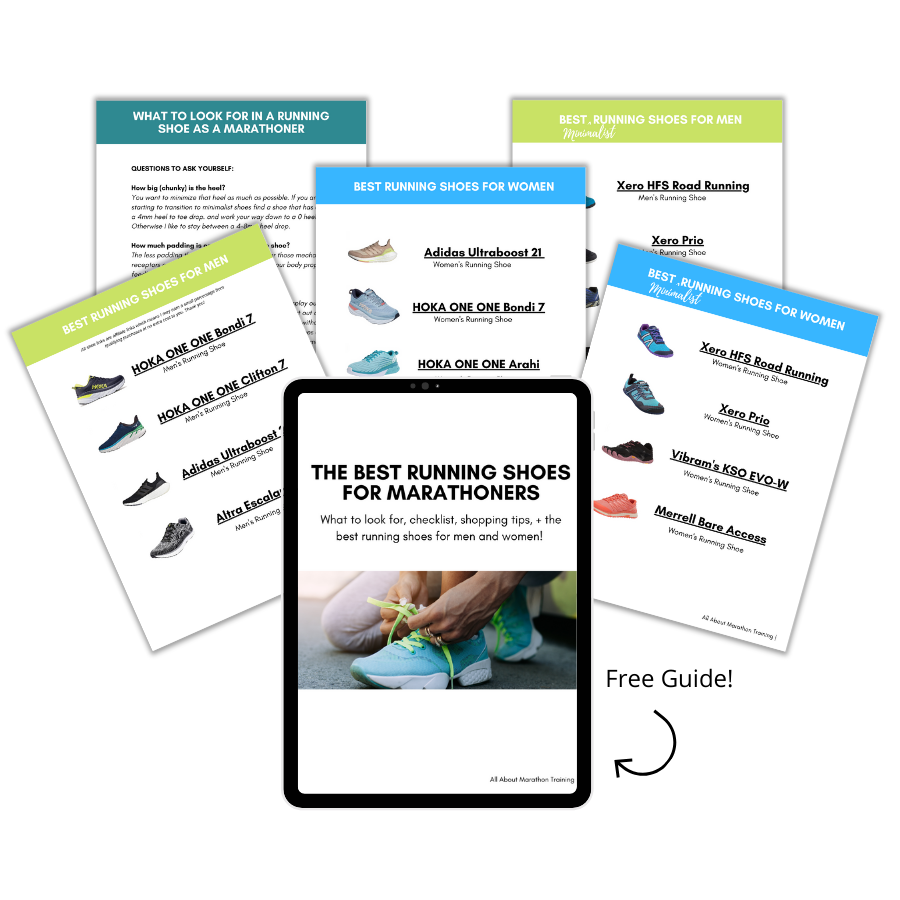
What to look for in a running shoe as a distance runner
To help you find the best running shoes for you, I've compiled some questions for you to answer that will hopefully direct you to your best running shoe for you!
QUESTIONS TO ASK YOURSELF to help you find the best running shoes for you!
How big (chunky) is the heel?
You want to minimize that heel as much as possible.
If you are just starting to transition to minimalist shoes find a shoe that has around a 4mm heel to toe drop and work your way down to a 0 heel drop. Otherwise I like to stay between a 4-8mm heel drop.
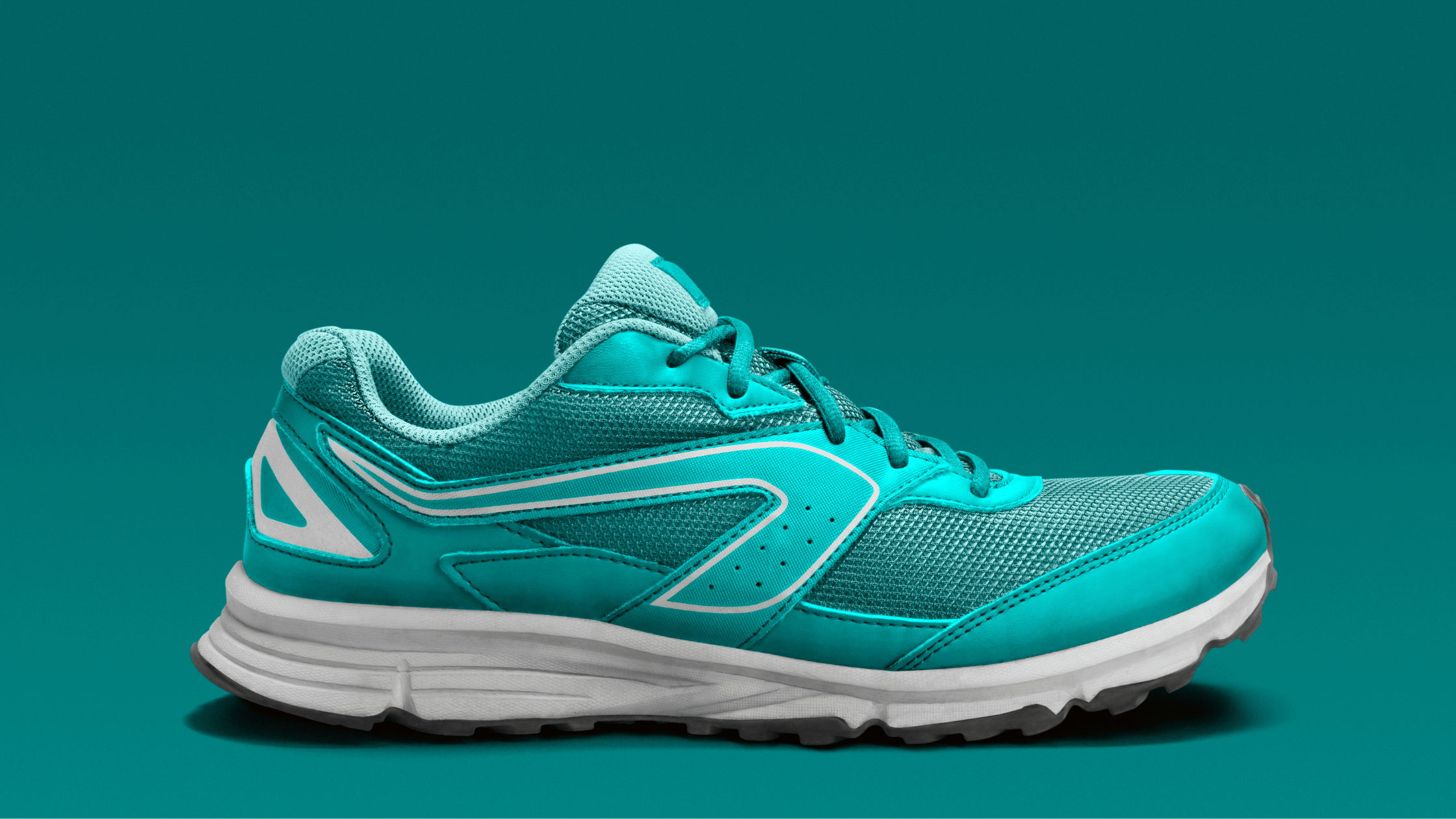
How much padding is on the bottom of the shoe?
The less padding the better as this will allow for those mechano-receptors on your feet to do their job in giving your body proper feedback especially in your foot strike and form.
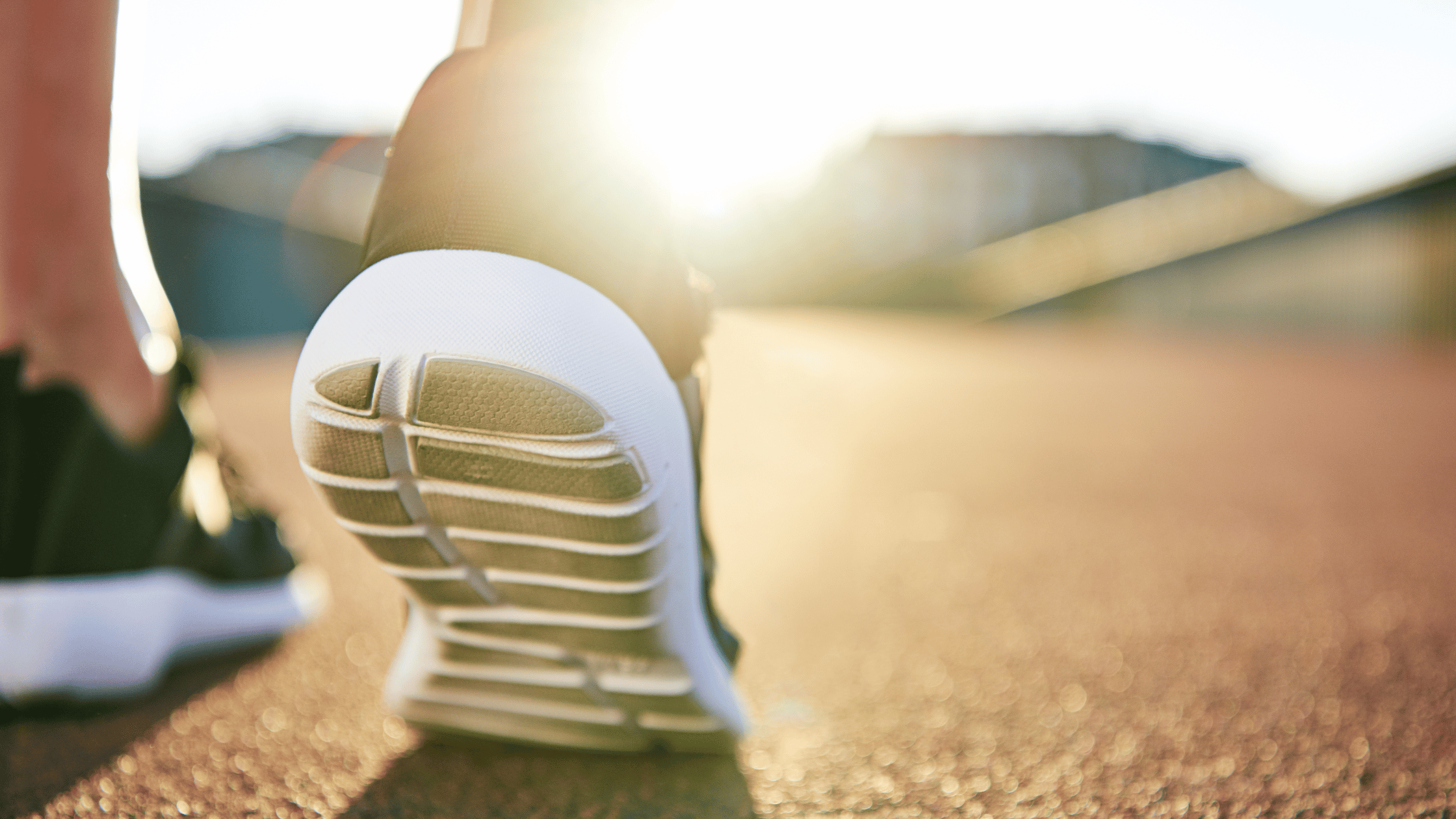
How wide is the toe box?
You need to give your toes enough room to naturally splay outwards.
A great tip from Dr. McClanahan is: Take the shoe insert out of the shoe. Place your shoe on the insert. If your foot fits on it without your toes going past the edges than it is wide enough. If the toes do extend past, it is too narrow for your foot and will undergo modern day foot binding while running.
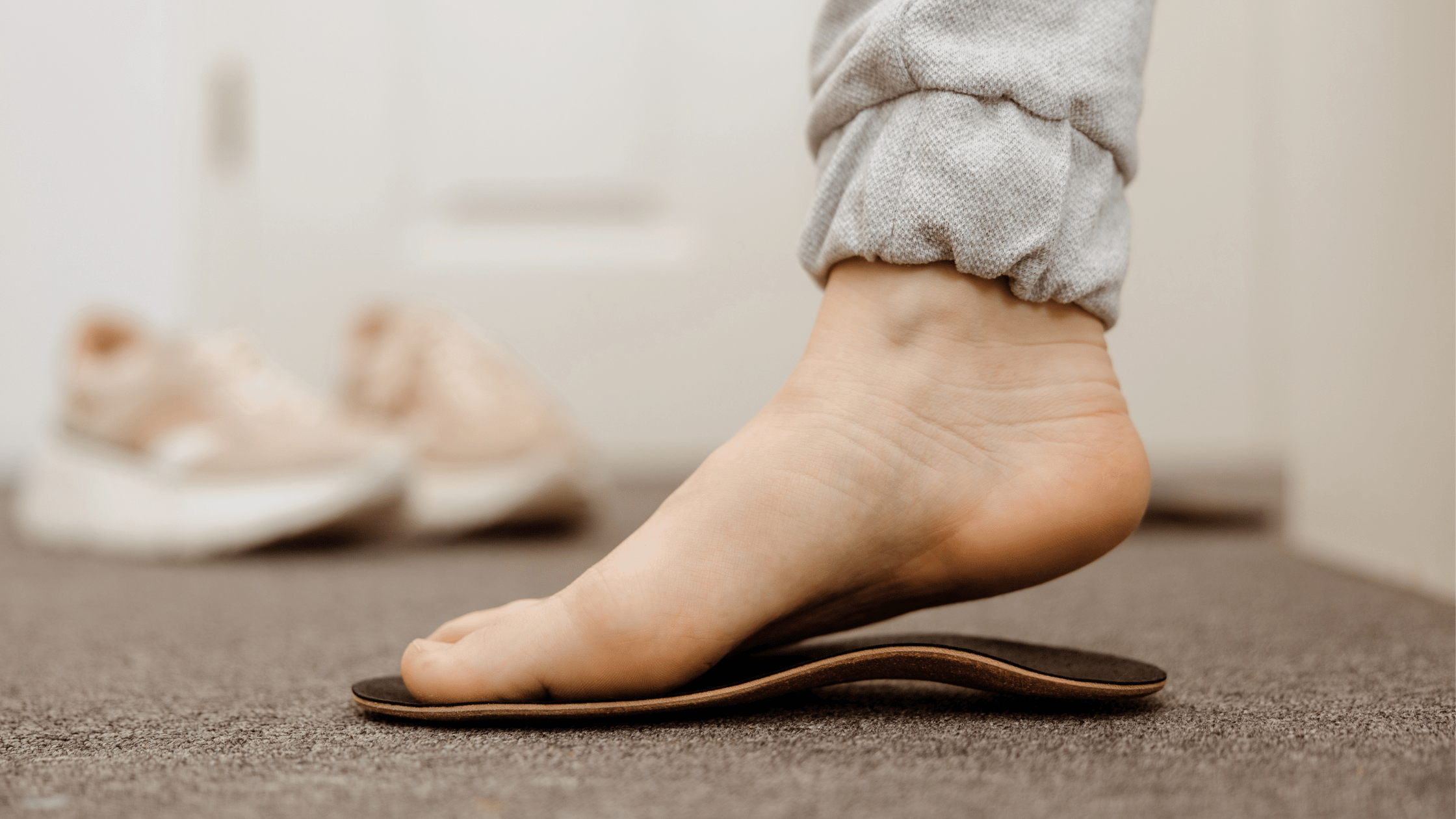
Is there an arch support?
Try to opt for a shoe that has very little to no arch support.
An arch support weakens the natural job of the foot's most intrinsic muscles.
This causes them to atrophy and not perform as they should and leads to one of the most common running injuries: plantar fasciitis.
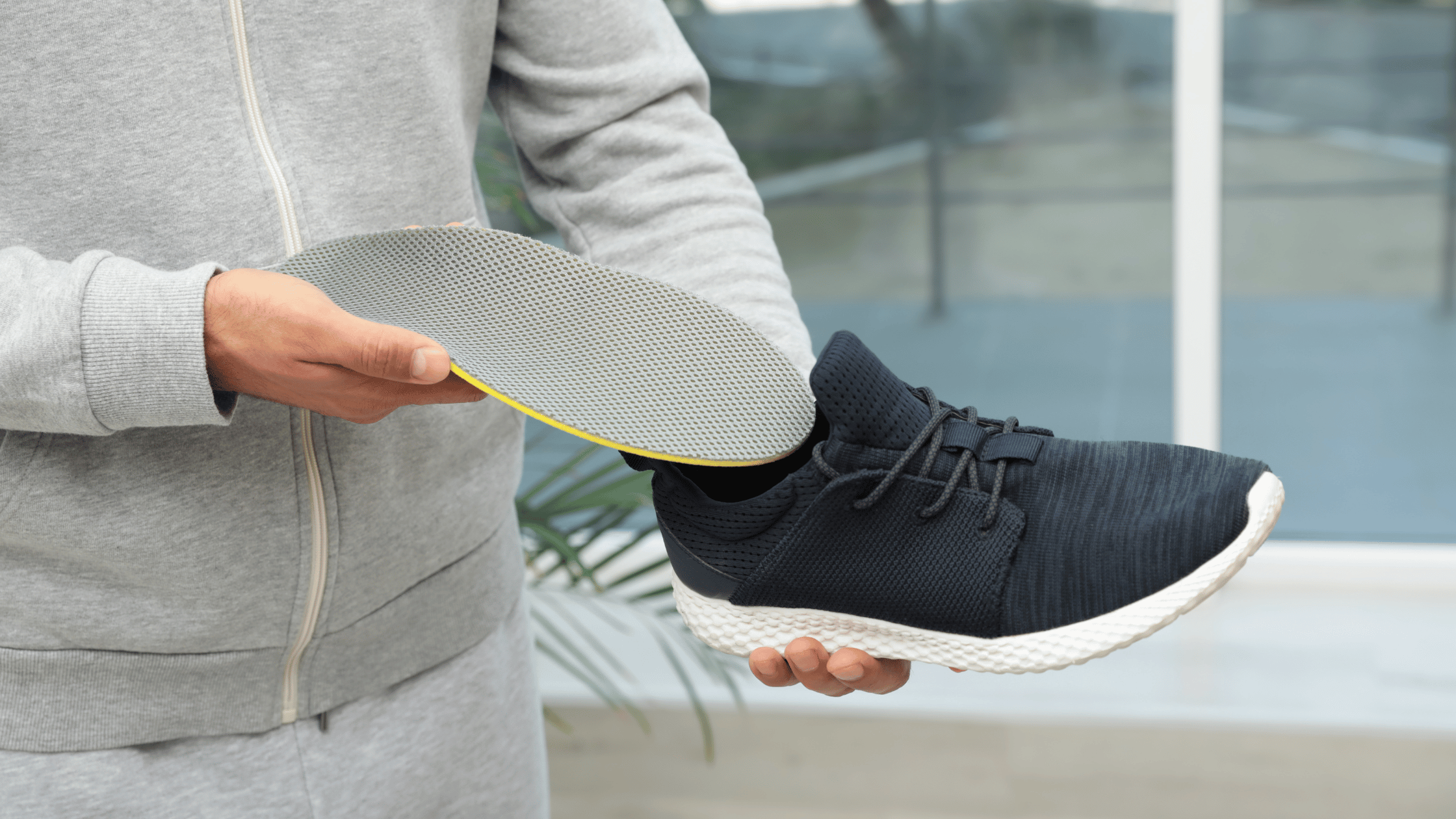
Is the length of the shoe big enough?
There should be almost a thumb’s width between the toe and the front of the shoe.
Your feet will be moving around as you run and you want to let them do their thing without having the tip of the shoe interfering.
Also, if there is not enough space you run the risk of developing runners toe ( your toenail turns black and falls off – a common problem with long-distance runners).
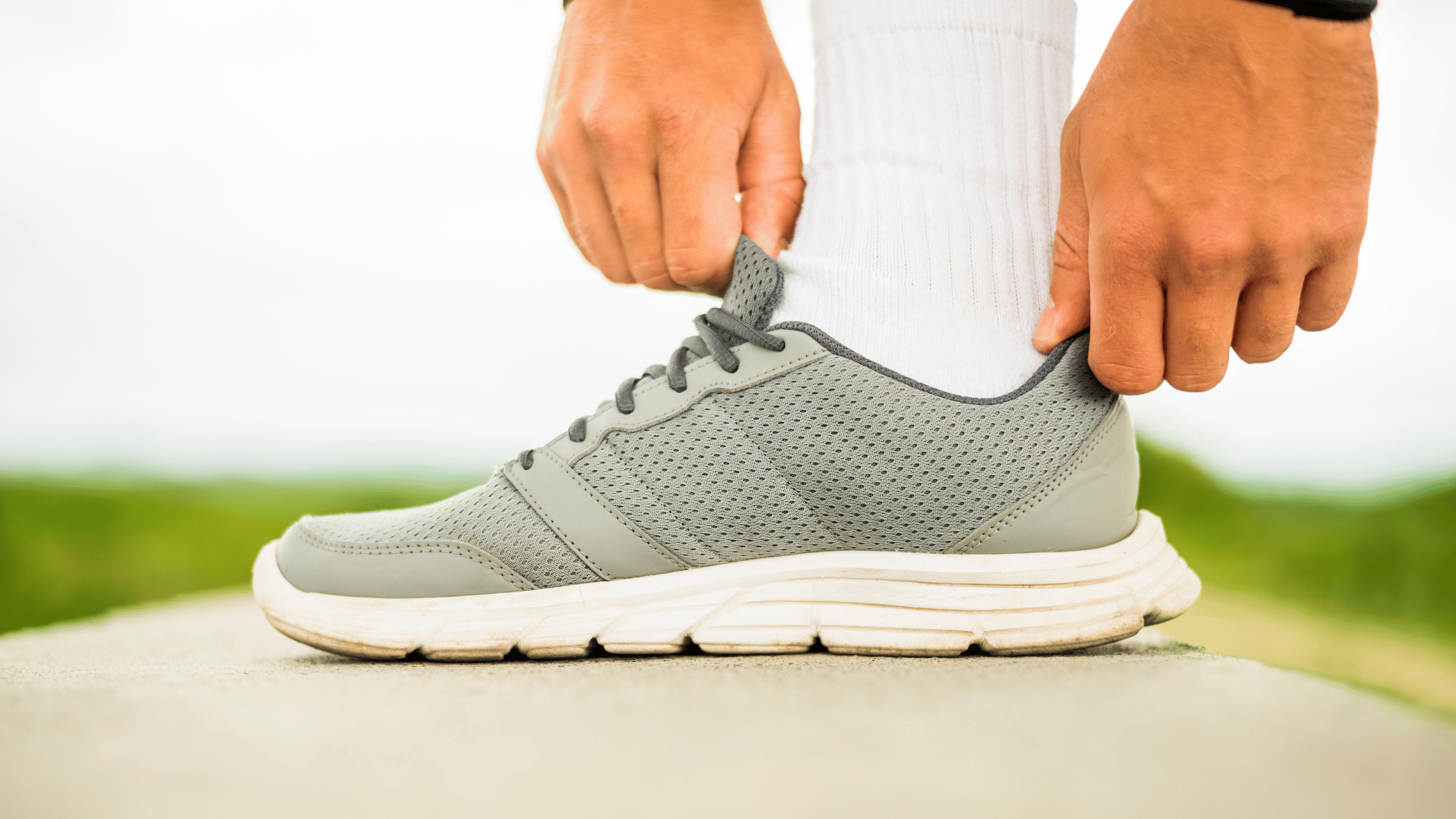
How flexible is the shoe?
A more flexible a shoe is in the forefoot area, the better, as it will be able to help dissipate the ground forces.
Highly flexible shoes strengthen your leg muscles and allows your feet to be able to move in their natural gait.
If they are too inflexible they can cause your calf muscles to work much harder leading to problems such as Achilles Tendonitis.
Here is an image for reference on good flexibility in a shoe:
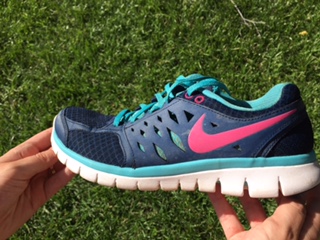
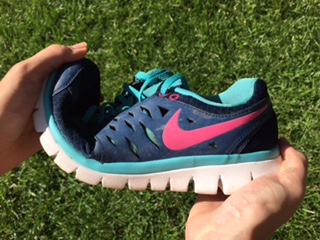
Is the shoe light-weight?
The best running shoes are going to be ones that don't weight much.
The lighter the shoe the better in terms of running economy, VO2 consumption (how much oxygen your body needs to keep a certain pace).
Most shoes on the market today are already incredibly light but there are still some heavy weights out there that could slow you down.
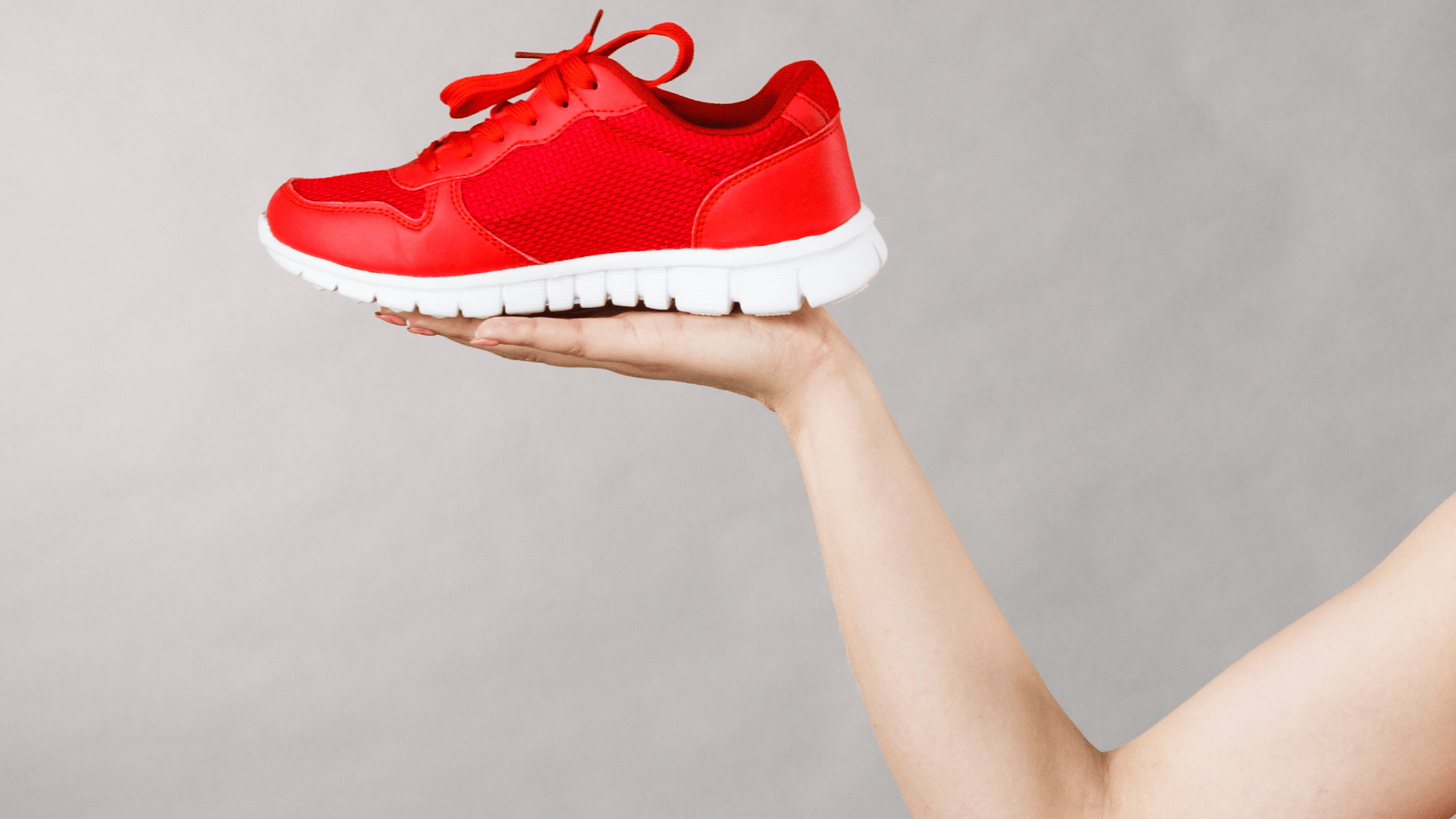
Is it comfortable?
Comfort is going to be the biggest factor when finding the best running shoes for you.
There is not one single shoe that can fix everyone's problems. Only you can decide what is most comfortable for you.
Shoe shopping tips to help you find the best running shoes
✓ Try new running shoes on later in the day as your foot tends to swell throughout the day.
✓ When trying on the shoes, lace the running shoes carefully.
If the shoe is too tight it can cause the tops of your feet to become sore during runs and can unnecessarily squeeze your metatarsals (located on the top of your foot).
However if the shoe is too loose you will be more prone to blisters so make sure you get the right balance of tightness!
✓ If you wear socks while running then wear similar ones when trying on shoes. This will give you an idea of how tight the shoe will be when you are running.
✓ Check insoles for rough seams or coarseness. Rough inseams can cause blisters while running (or even just walking!). The arch support should be smooth and transition into the rest of the insole smoothly and evenly.
✓ Depending on what surfaces you normally run on (i.e. trails, gravel, or even on the road) you will want to check for traction on the bottom of the shoe.
✓ Don't be a brand snob. :) Sometimes, in order to find the best running shoes all you need is to just try a shoe from a running brand that you have never worn before.
Alright! Let's talk about the best running shoes for men and the best running shoes for women in the list below!
Or sign up to receive the free little eBook by popping in your email address into the following signup box!
sign up to Get the free Best running shoes for distance runners guide!
(Tips + List)
I compiled the best running shoes for men and women + included what to look for in a running shoe + shoe shopping tips into this free guide!
Pop your email in the form box below & I will send it straight to you!

Best Running Shoes for Men
- HOKA ONE ONE Bondi 7
- Adidas Men's Ultraboost 21 Running Shoe
- Altra Escalante 2 Men's Road Running Shoe
- Nike Air Zoom Pegasus 36 Road Running Shoe
- Brooks Ghost 13 Men's Running Shoe
- Saucony Guide 13 Mens Running Shoe
Best Running Shoes for Men: Minimalist Edition
- Xero HFS Running Shoe
- Xero Prio Men's Running Shoe
- Merrell Bare Access Men's Shoe
- Vibram V-Run Men's Running Shoe
Best Running Shoes for Women
- Adidas Ultraboost 21 Women's Running Shoe
- HOKA ONE ONE Arahi Women's Running Shoe
- Altra Escalante 2 Women's Running Shoe
- New Balance Fresh Foam Arishi V3 Women's Running Shoe
- Nike Air Zoom Pegasus 36 Running Shoe
- Brooks Ghost 13 Women's Running Shoe
- Saucony Versafoam Cohesion 12 Running Shoe
Best Running Shoes for Women: Minimalist Edition
- Xero HFS Running Shoe
- Xero Prio Women's Running Shoe
- Vibram KSO-EVO Women's Running Shoe
- Merrell Bare Access Women's Running Shoes
What I currently run in
I love having a bit more cushion when running longer distances, particularly the marathon and so I usually opt for a pair of New Balance shoes with anywhere between a 4 to 8mm heel-to-toe drop.
Currently I run longer distances (and especially out on gravel roads) in either:
For shorter runs, cross training/strength training workouts and track/speed work, I do really enjoy my Xero HFS Running Shoes! They are extremely comfortable for even just wearing out and about! The wide toe box is the best feature!
However, I do have my eyes on the women's Brooks Ghost 13 running shoes because it's hard to ignore those stellar reviews! Maybe when one of the other running shoes has reached their mileage limit I'll switch to the Brooks!
sign up to Get the free Best running shoes for distance runners guide!
(Tips + List)
I compiled the best running shoes for men and women + included what to look for in a running shoe + shoe shopping tips into this free guide!
Pop your email in the form box below & I will send it straight to you!

You really need to base finding the best running shoes for you off of those questions that I gave you at the beginning of the page:
- How big/chunky is the heel of the shoe?
- Is there a lot of padding between the foot and the ground?
- How wide is the toe-box?
- Is there an arch support?
- Is the length of the shoe big enough?
- How flexible is the shoe?
- Is the shoe lightweight?
- Is it comfortable?
Only you can answer those questions at the right comfort level for yourself.
From there, check out the options for the best running shoes for men and women. Read the reviews and order a couple pairs to try on.
If you are interested in more minimalist running shoes then I recommend first buying a pair of minimalist shoes just to wear around the house, or even start off with walking around barefoot at home to build and strengthen your natural foot function!
Here is a whole post devoted to the best minimalist shoes for runners!
What you do know is that you are going into the search of finding the best running shoes for yourself with the knowledge that you need!
I'd love to hear what is your running shoe choice! You can always send a message to me by hitting the "Contact me" button in the top right section of the nav bar! :)
P.S. I also have a list of the best HOKA Running Shoes for Marathoners here!
Pages Related to the Best Running Shoes
Supporting Articles
To finish up, feel free to also take a look at these articles that support a return to our natural running form and minimalist/barefoot running.
Barefoot running may be better for you
Lose your shoes: is barefoot better?
To Run Better: Start by ditching your Nikes
Is your prescription of distance running shoes evidence-based?
Are running shoes a waste of money?
Minimalist Running Shoes - Dr. Nick Campetilli - video
👋Sign up to receive the free printable strength exercises for runners: 👇
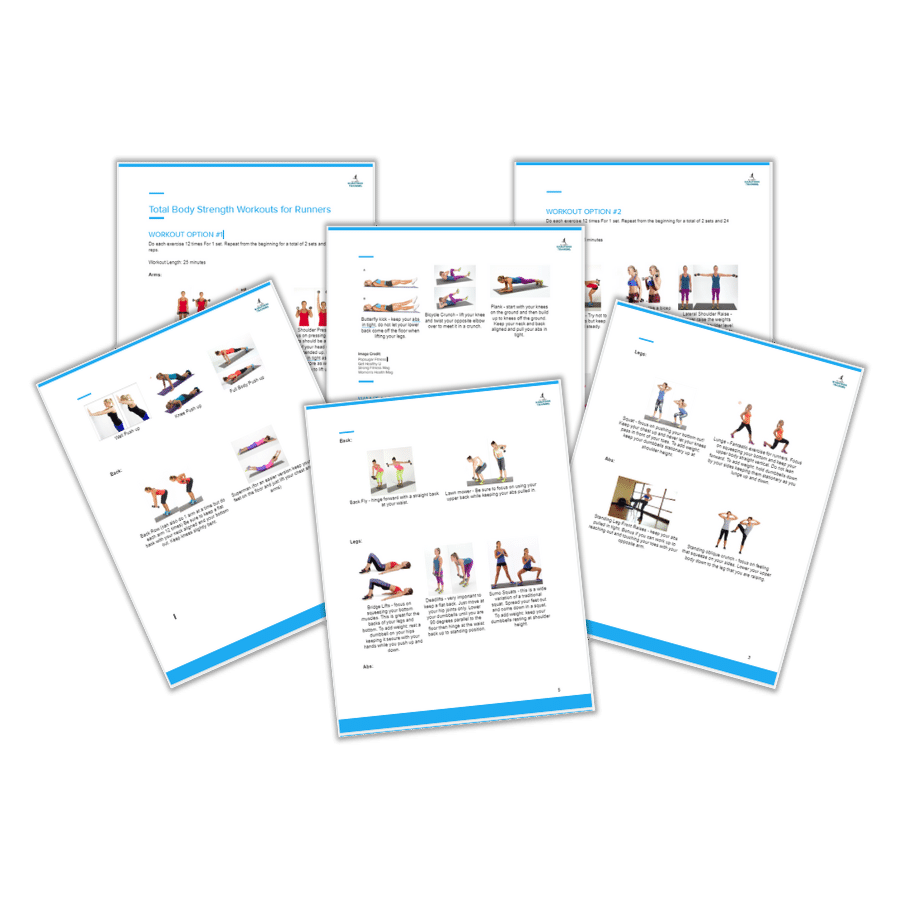 |
As featured on:

REFERENCES
Chen, Chia-Hsiang, Kuan-Hua Tu, Chiang Liu, and Tzyy-Yuang Shiang. "Effects of Forefoot Bending Elasticity of Running Shoes on Gait and Running Performance." Human Movement Science 38 (2014): 163-72. Web.
D. Casey Kerrigan, Jason R. Franz, Geoffrey S. Keenan, Jay Dicharry, Ugo Della Croce, Robert P. Wilder. The Effect of Running Shoes on Lower Extremity Joint Torques. PM&R, 2009; 1 (12): 1058 DOI
"Dr. Craig Richards." Http://naturalrunningcenter.com/columnists/dr-craig-richards/. Natural Running Center, n.d. Web.
Ferber, Reed, Ph.D. "Running Stride Peak Forces Inversely Determine Running Economy in Elite Runners." Journal of Strength and Conditioning Research 25.1 (2011): 117-23. Web.
Franz, Jason R., Corbyn M. Wierzbinski, and Rodger Kram. 2012. “Metabolic Cost of Running Barefoot versus Shod: Is Lighter Better?” Medicine & Science in Sports & Exercise 44(8): 1519-1525.
Hodges, Adam. "Rethink Traditional Assumptions When Choosing Running Shoes © Alp Fitness Alpinefitness.com. N.p., May 2013. Web. Jan. 2016.
Lorenz, D. S., and M. Pontillo. "Is There Evidence to Support a Forefoot Strike Pattern in Barefoot Runners? A Review." Sports Health: A Multidisciplinary Approach 4.6 (2012): 480-84. Web.
McDougal, Christopher. 2011. Born to Run: A Hidden Tribe, Superathletes, and the Greatest Race the World Has Never Seen. New York: Vintage.
Richards, Craig E., Parker J. Magin, and Robin Callister. 2009. “Is Your Prescription of Distance Running Shoes Evidence Based?” British Journal of Sports Medicine 43(3): 159-162.
Robbins, Steven E., and Adel M. Hanna. "Running-related Injury Prevention through Barefoot Adaptations." Medicine & Science in Sports & Exercise 19.2 (1987): n. pag. Web.
Rossi, William A., D.P.M. "Why Shoes Make "Normal" Gait Impossible." Why Shoes Make "Normal" Gait Impossible. N.p., n.d. Web. 12 Jan. 2016.
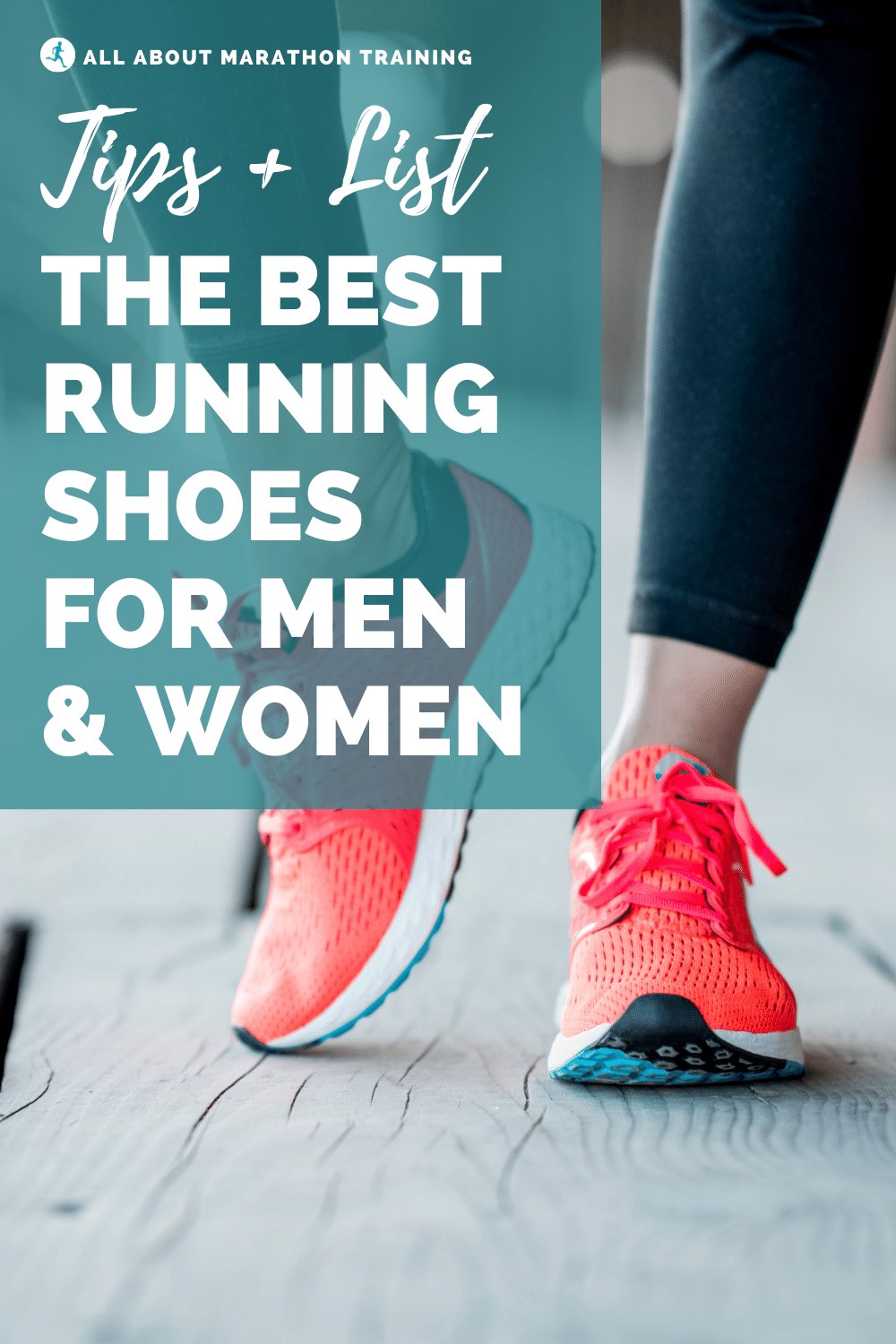
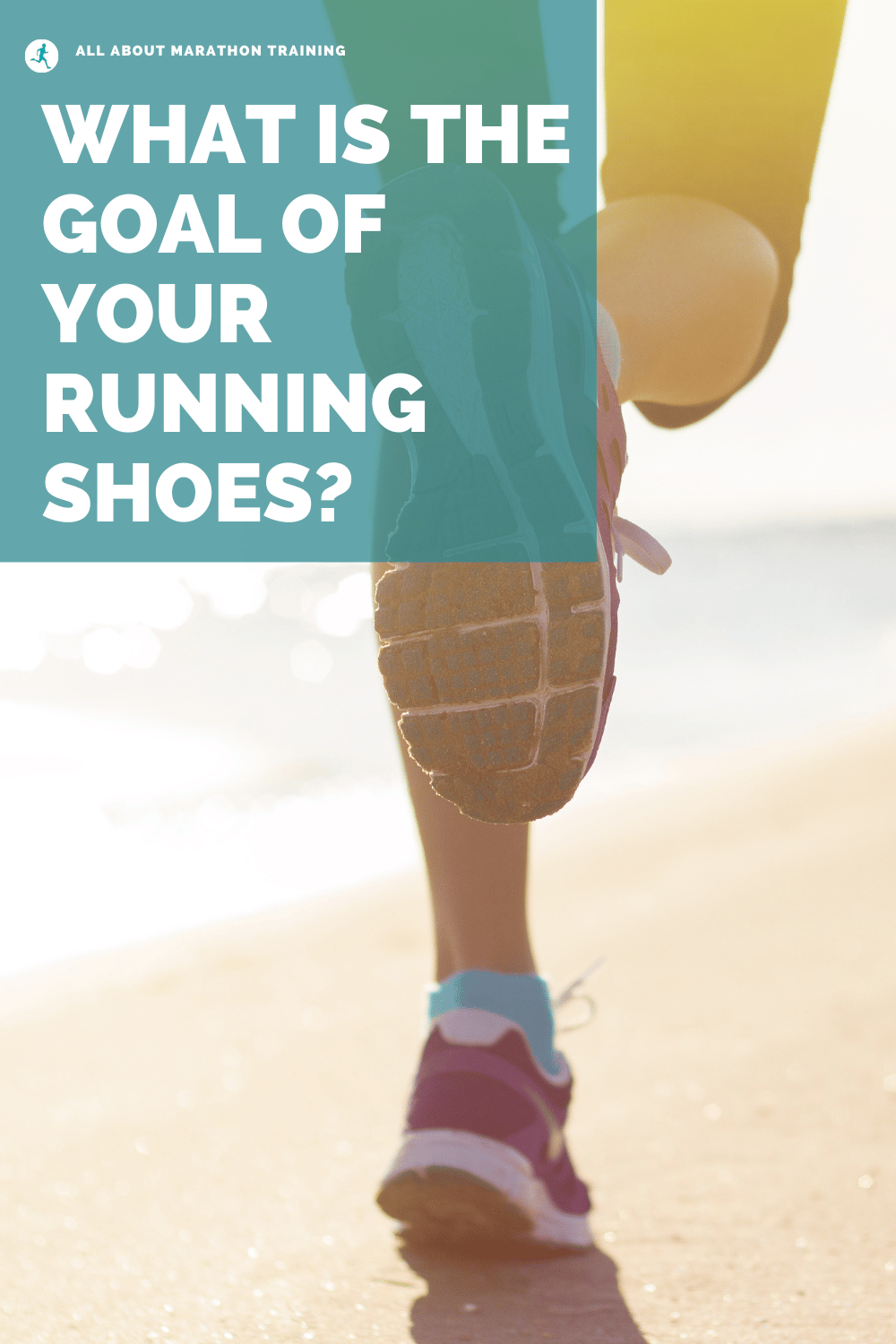
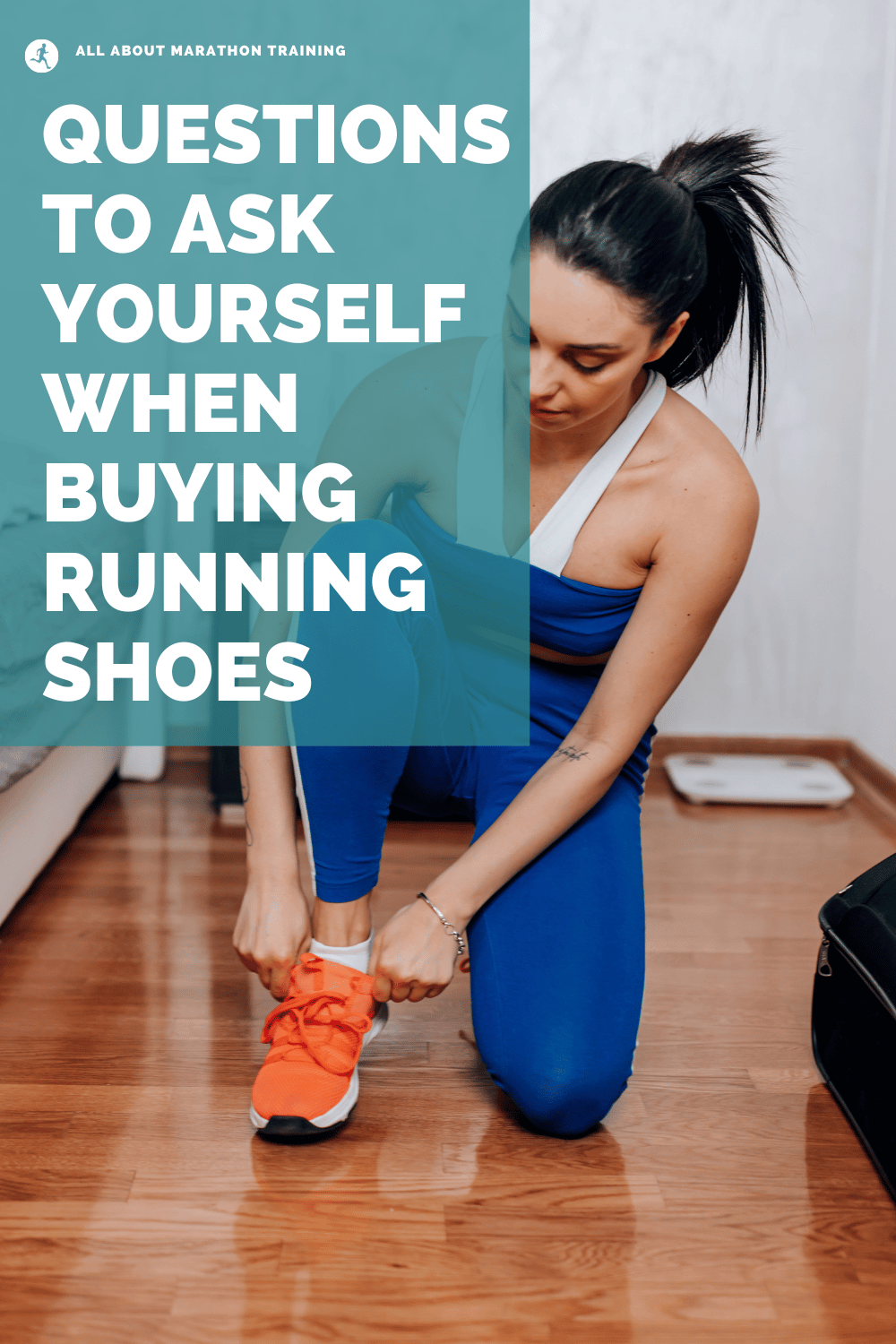
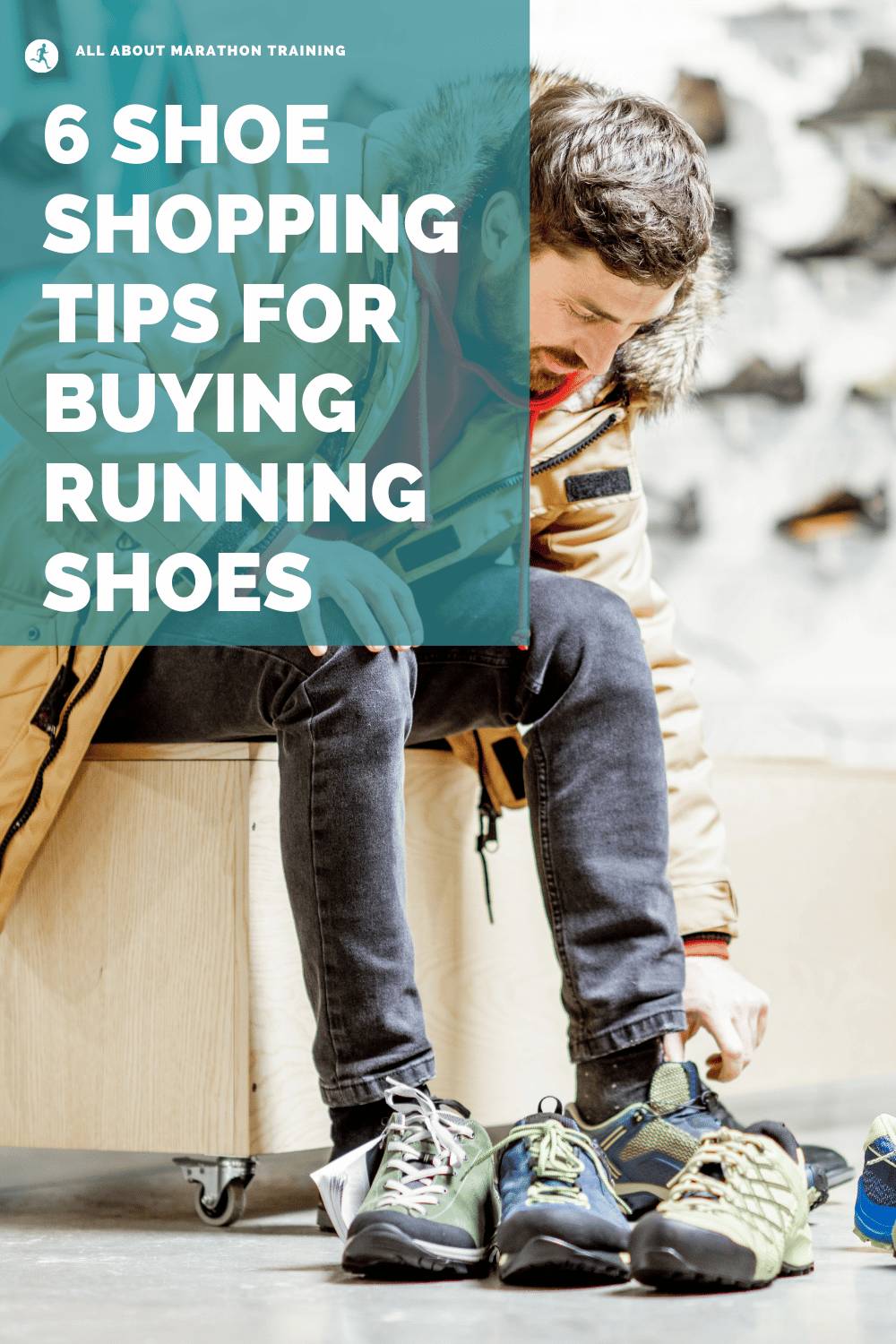
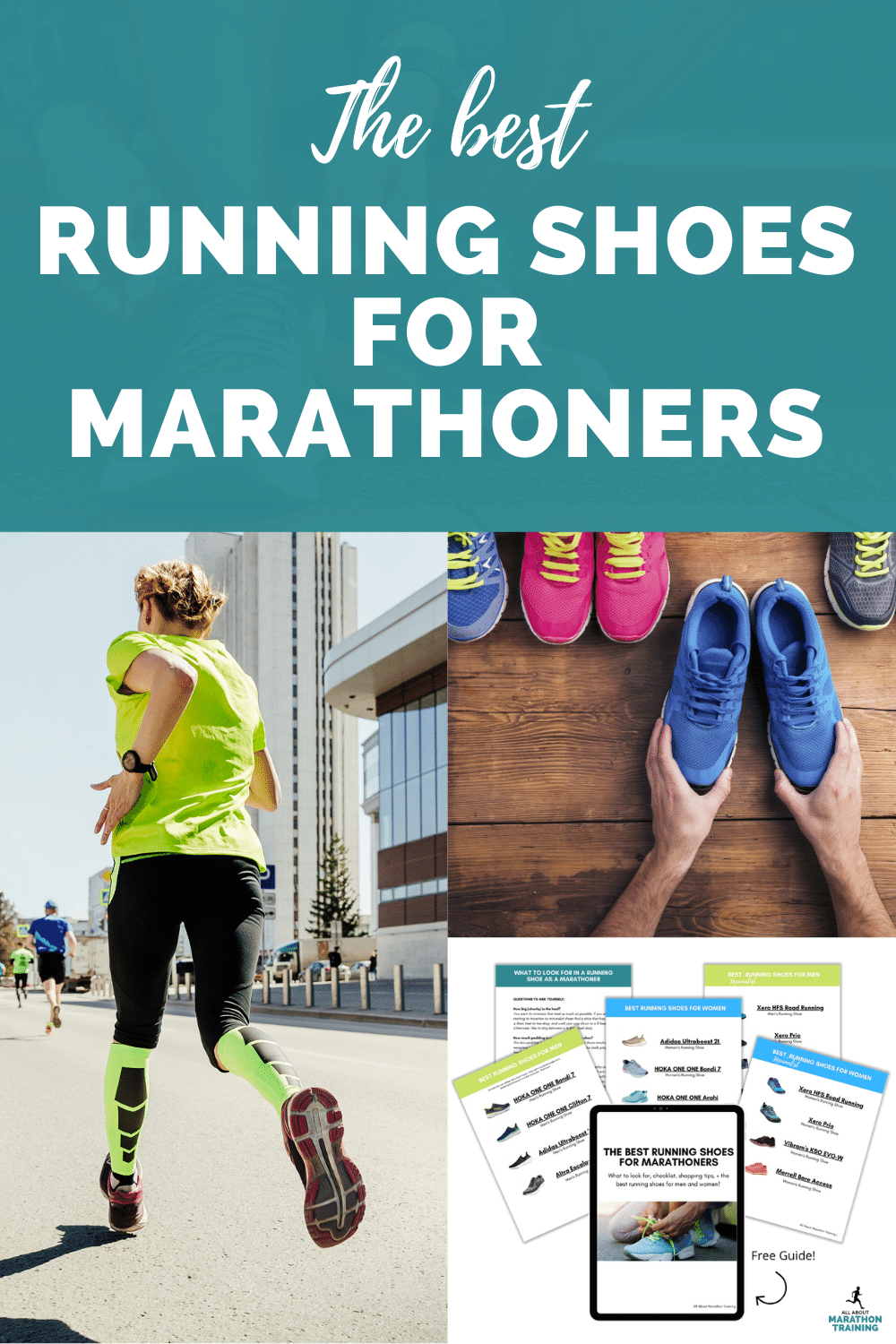
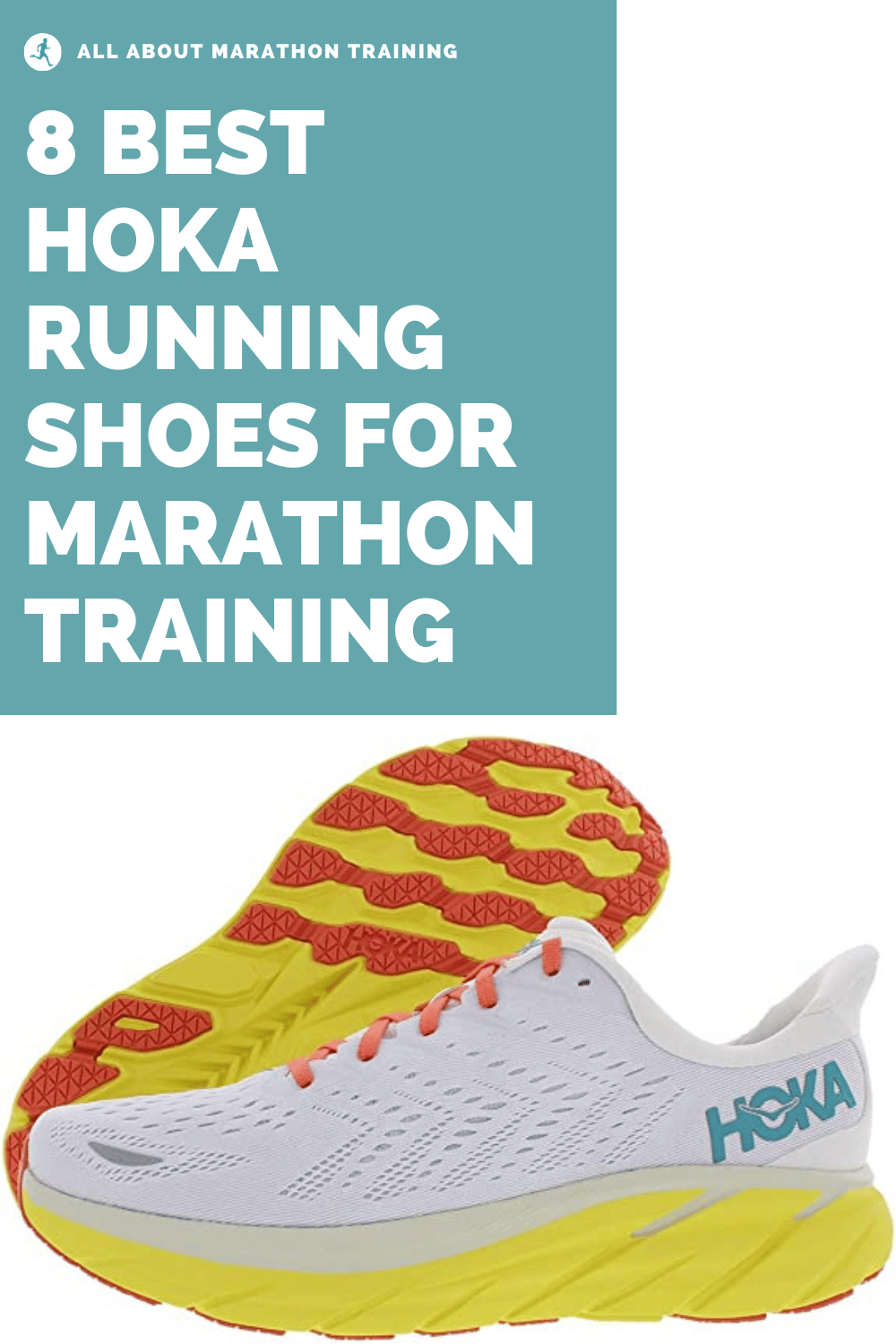
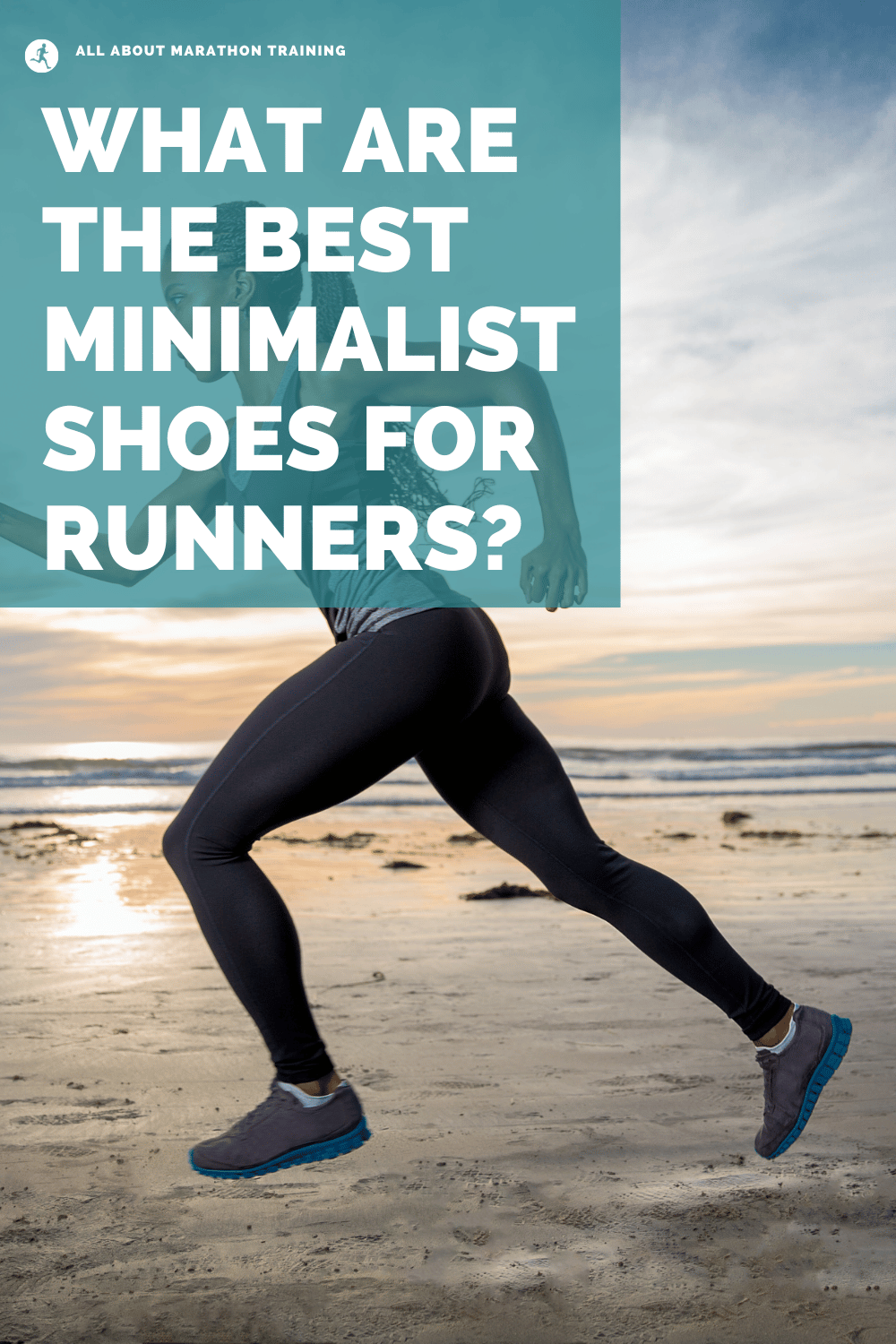
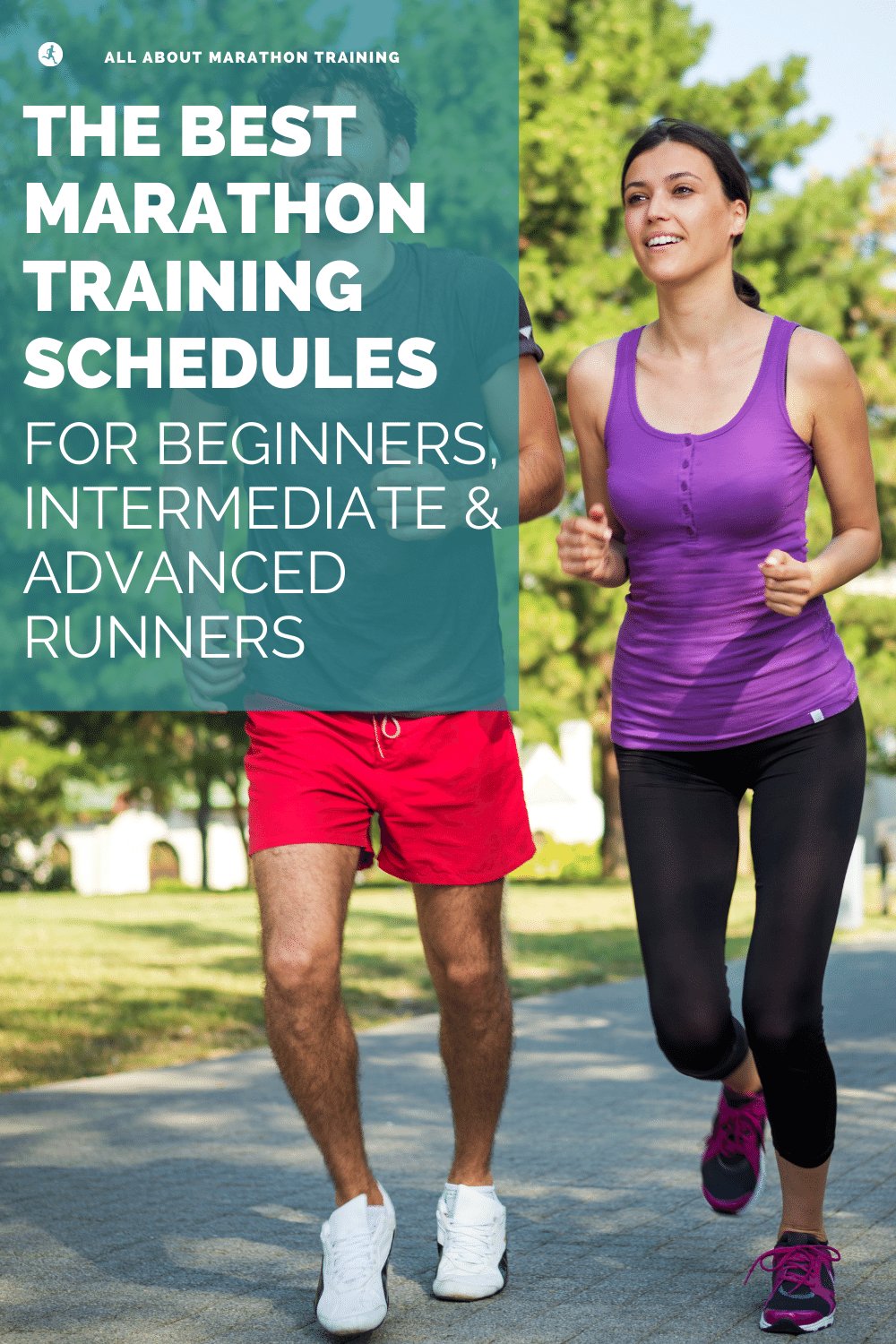
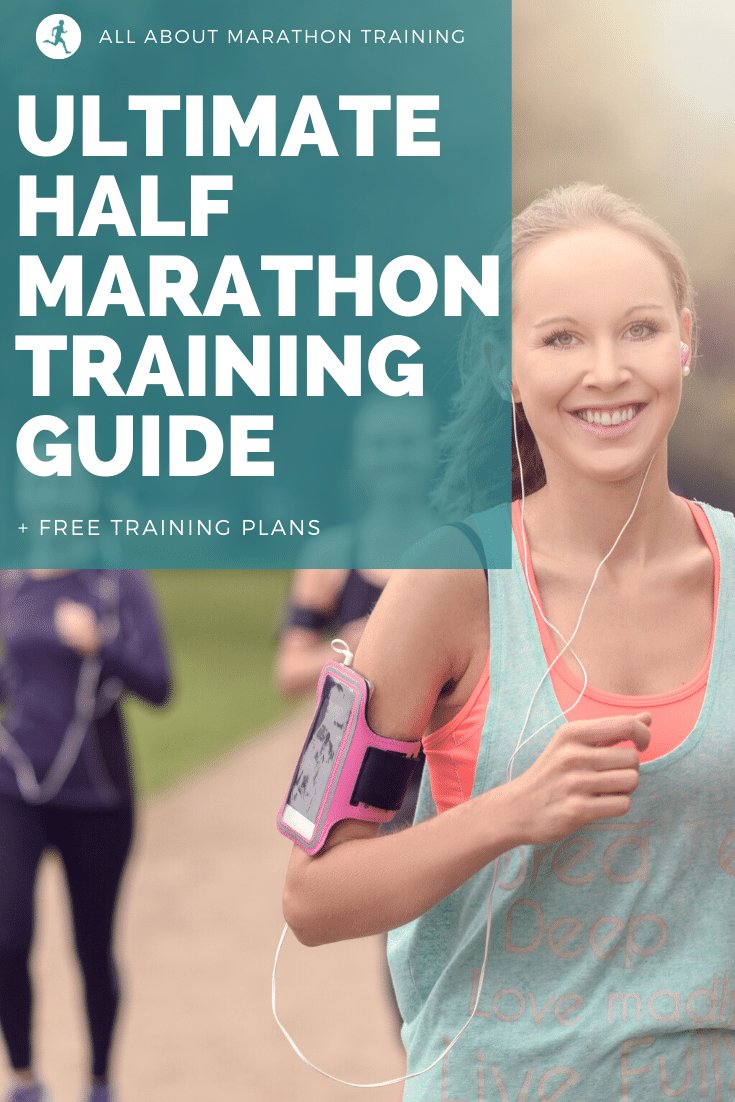
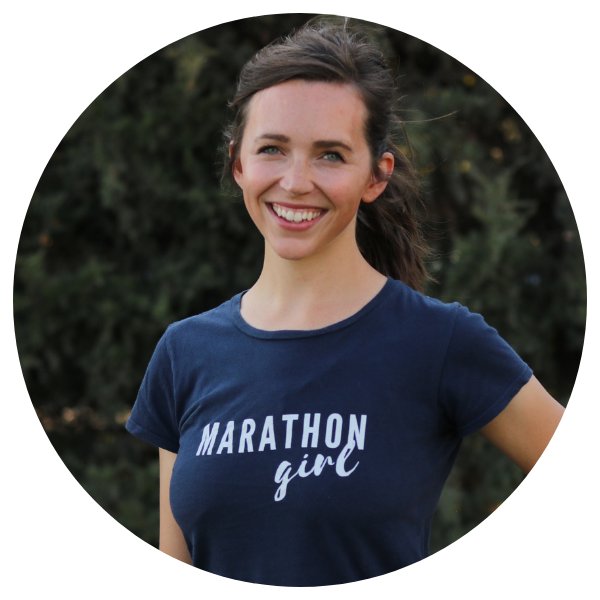
New! Comments
Have your say about what you just read! Leave me a comment in the box below.